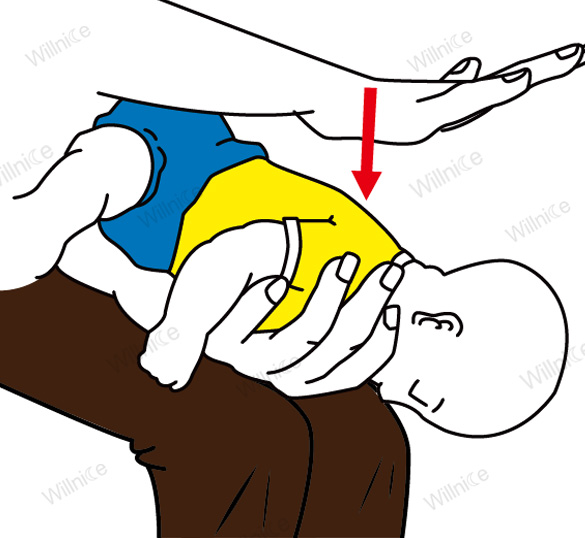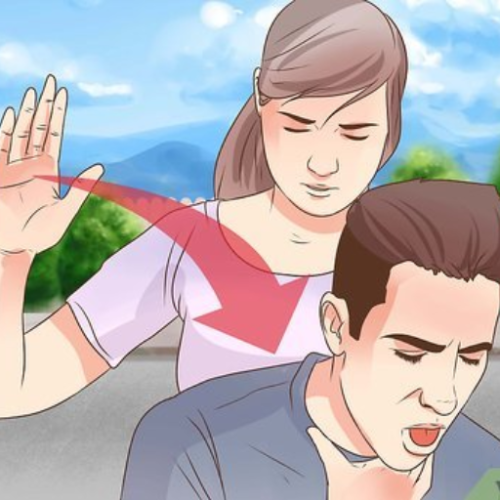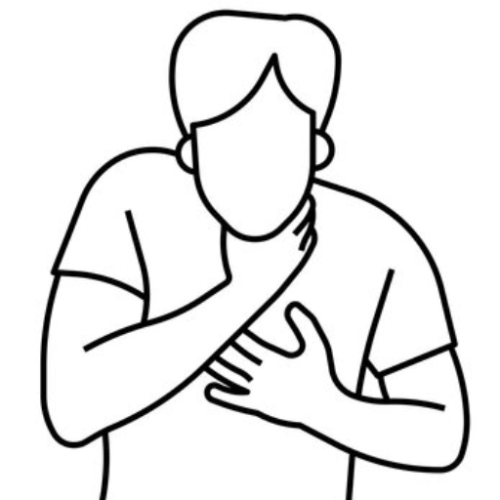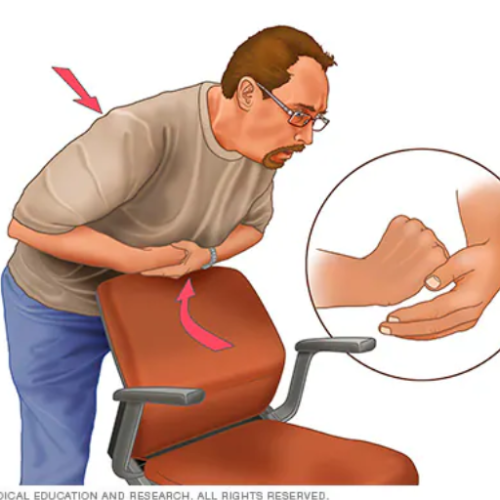![How to Hold Choking Infants for Back Blows [Full Guide]](https://willnice.net/wp-content/uploads/2024/11/how-to-hold-choking-infants-for-back-blows-1220x669.jpg)
You may already know that you should give back blows to a conscious choking infant as a first aid measure, but you might be unsure about the precise position to hold them.
This comprehensive guide will teach you, through step-by-step instructions and clear illustrations, how to correctly position the infant when giving back blows, ensuring their safety and enhancing the effectiveness of the technique.
When Should You Give Back Blows to a Choking Infant?
Do not give back blows if the infant is coughing or gagging hard, crying loudly, or breathing enough. These signs indicate that the airway is only partially blocked. In such cases, allow the infant to continue coughing, as strong coughs and cries can help dislodge the object from the airway naturally. However, be prepared to act if the symptoms worsen.
Give back blows immediately if the choking infant is conscious but unable to cough effectively, cry, make sounds, breathe normally, or if their skin turns blue or pale.
These signs suggest a complete airway obstruction, indicating that the airway is fully blocked and the lungs are not receiving air. Immediate first aid is critical as brain damage can occur within 4 to 6 minutes due to oxygen deprivation, making timely intervention essential to prevent serious outcomes.
How to Correctly Position the Choking Infant for Back Blows?
Step 1: Place the infant face down along your forearm, using your thigh for support, allowing their head to hang over your knee.
Step 2: Support their head gently by placing one hand under their chin, with your thumb and fingers at the jaw's angle. Be careful not to compress the soft area beneath their jaw.
Step 3: Tilt the infant's head downward so it is lower than their body. This position uses gravity to help remove the obstruction more effectively.
How to Give Back Blows to a Choking Infant Safely?
Step 1: Position the heel of your hand between the infant's shoulder blades, at the center of their back.
Step 2: Deliver up to 5 firm back blows using the heel of your hand, ensuring each is quick and forceful.
These back blows generate strong vibration and pressure in the airway, which can effectively dislodge the blockage and restore breathing.
Important Notes:
Apply Careful Force: Use enough force to be effective but avoid excessive pressure to prevent injuring the infant.
Avoid Manual Removal: If the infant is conscious, do not try to remove the obstruction with your fingers unless it is clearly visible and easily accessible
Monitor Response: After each back blow, watch the infant's response carefully. If the obstruction is dislodged, the infant may start to cough, cry, or breathe normally.
Further Actions: If the blockage remains, alternate with chest thrusts as part of a complete choking emergency response, or immediately call 911 for urgent medical assistance.

Post-Choking Care: Ensuring Your Baby's Safety and Health
Even after successfully clearing the obstruction, it’s vital to continue to closely monitor your baby. Residual particles may still be present, which could lead to complications. If your baby has trouble swallowing or continues to cough persistently, seek medical attention without delay. A thorough evaluation by a doctor is crucial to confirm that your baby is completely safe and healthy.
Conclusion
Knowing how to hold an infant when administering back blows is a vital skill that can save lives during a choking emergency. By adhering to the recommended positioning, you ensure a safe and stable environment to effectively perform back blows.
Remember to stay calm, act quickly, and seek additional help if necessary.
Equipped with these life-saving techniques, you can confidently handle a choking emergency and provide prompt aid to a choking infant.








 Login with Google
Login with Google Login with Facebook
Login with Facebook